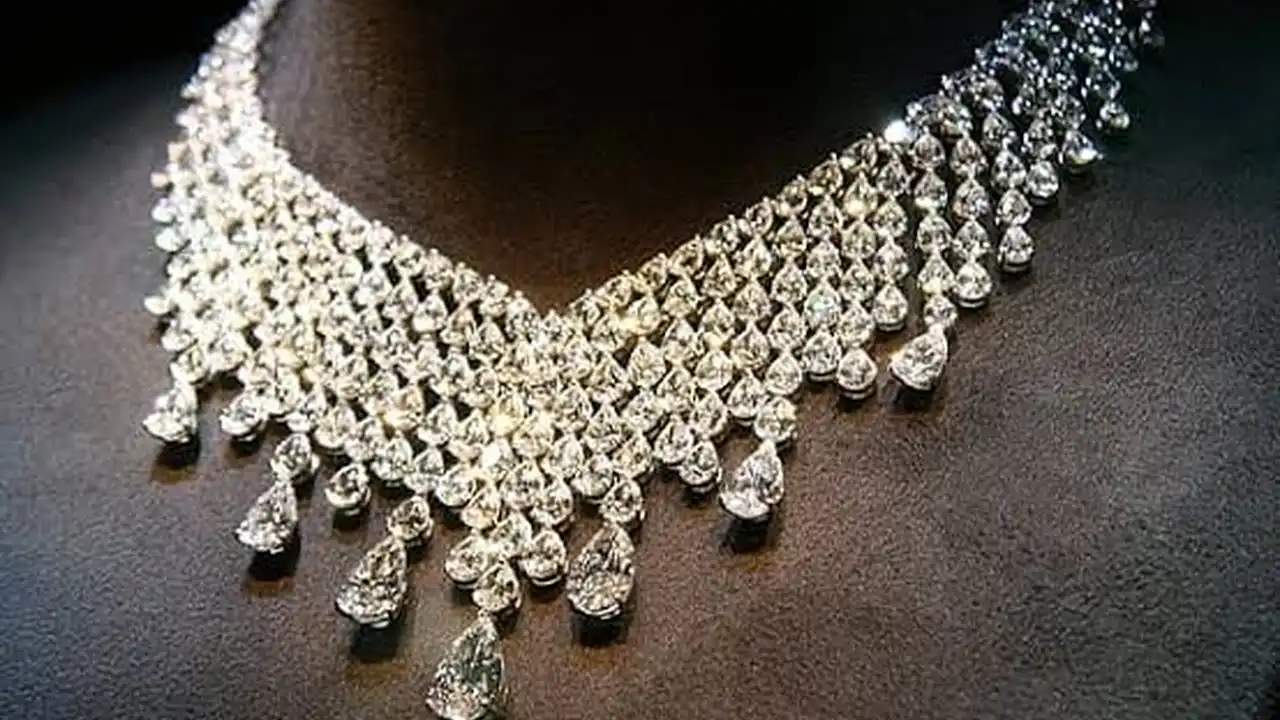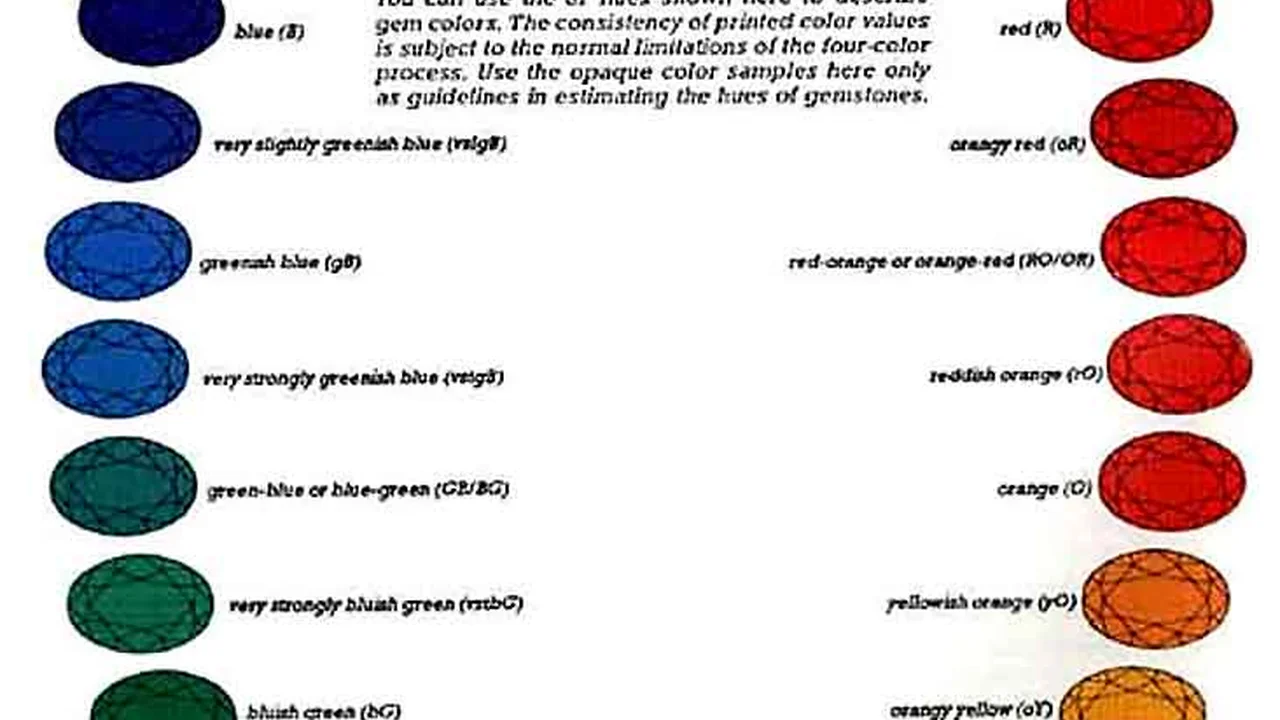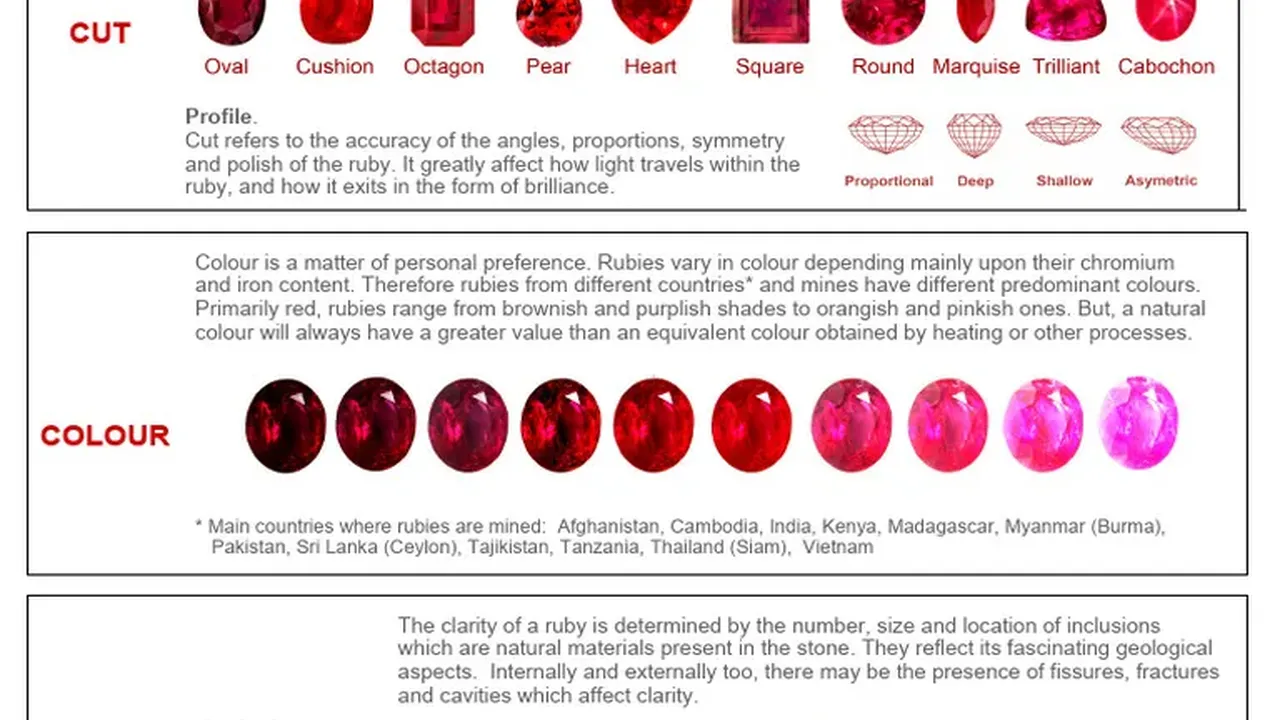7 Key Factors Driving Colored Gemstone Appreciation in 2024
Explore the 7 key factors driving colored gemstone appreciation in 2024, with a focus on the US and Southeast Asian markets. Stay ahead of the trends.

Understanding the Global Gemstone Market Trends in 2024
Alright, let's dive into what's making colored gemstones shine in 2024. We're talking about the US and Southeast Asia, so keep those markets in mind. Think about it: people are always looking for ways to diversify their investments, and gemstones are becoming increasingly popular. Why? Scarcity, beauty, and a little bit of mystique. Plus, let's be real, owning a stunning sapphire or ruby is way cooler than staring at a stock ticker all day.
Factor 1: Increasing Demand for High-Quality Gemstones
First up, we've got plain old demand. But not just any demand – demand for the *good* stuff. People aren't just buying any old rock; they want top-tier gems. The US market is driven by collectors and high-net-worth individuals, while Southeast Asia sees a surge from a growing middle class eager to invest in tangible assets. So, what does 'high-quality' mean? We're talking vibrant colors, excellent clarity, and exceptional cuts. Think Pigeon Blood rubies from Burma or vivid blue sapphires from Kashmir (if you can even find one!).
Factor 2: Scarcity and Limited Supply of Rare Gems
Speaking of finding them, scarcity is HUGE. Many of the best mines are drying up or becoming harder to access. Ethical sourcing is also becoming a bigger deal, which can further limit supply. For example, consider the dwindling supplies of fine Kashmir sapphires. These gems are legendary, and their prices reflect their rarity. Similarly, unheated rubies of exceptional quality are becoming increasingly difficult to source, driving up their value.
Factor 3: The Rise of Ethical and Sustainable Sourcing
This is a big one, especially for younger investors. Nobody wants to wear a gem that's tainted by unethical mining practices. Consumers are increasingly demanding transparency and traceability in the gemstone supply chain. Companies that prioritize ethical sourcing and sustainable practices are gaining a competitive advantage. Look for certifications like the Responsible Jewellery Council (RJC) and Fairtrade certification. This trend directly impacts the price and desirability of ethically sourced gems.
Factor 4: Growing Interest from Millennial and Gen Z Investors
These generations are shaking things up! They're not as interested in traditional investments like stocks and bonds. They want something unique, something tangible, and something that reflects their values. Colored gemstones fit the bill perfectly. Plus, social media is playing a big role. Instagram and Pinterest are filled with stunning gemstone jewelry, fueling desire and driving demand. They’re also more likely to research and understand the investment potential of these gems.
Factor 5: The Impact of Inflation and Economic Uncertainty
When the economy gets shaky, people look for safe havens. Gold has always been popular, but colored gemstones are increasingly seen as a viable alternative. They hold their value well, and in some cases, they can even appreciate during times of inflation. Think of it as a hedge against economic instability. Demand for tangible assets, like gemstones, tends to increase during periods of economic uncertainty.
Factor 6: Increased Awareness and Education Among Investors
The internet has made it easier than ever to learn about colored gemstones. Investors are becoming more knowledgeable about grading, pricing, and market trends. This increased awareness is leading to more informed purchasing decisions and a greater willingness to invest in high-quality gems. Resources like the Gemological Institute of America (GIA) and reputable online retailers are empowering investors to make smarter choices.
Factor 7: The Power of Celebrity Endorsements and Fashion Trends
Let's face it: what celebrities wear matters. When a famous actress is spotted wearing a stunning emerald necklace on the red carpet, it creates a buzz and drives demand. Fashion trends also play a role. Certain colors and styles become popular, influencing the types of gemstones that are in demand. Keep an eye on what's trending in the fashion world – it can give you clues about which gemstones are likely to appreciate in value.
Product Recommendations and Usage Scenarios
Okay, let's talk specifics. Here are a few gemstone recommendations, along with potential usage scenarios and pricing (remember, prices can vary widely depending on quality and market conditions):
Product 1: Unheated Burmese Ruby (Pigeon Blood)
Description: The crème de la crème of rubies. Intense red color with a fiery glow. Unheated stones are particularly prized.
Usage Scenario: A statement piece for a special occasion. Think a cocktail ring or a pendant.
Price: Expect to pay upwards of $10,000 per carat for a high-quality stone, and significantly more for larger sizes.
Product 2: Kashmir Sapphire (Royal Blue)
Description: A velvety blue sapphire from the legendary Kashmir region. Known for its exceptional color and luster. Extremely rare.
Usage Scenario: An heirloom piece to be passed down through generations. Perhaps set in a classic engagement ring.
Price: Prices can be astronomical, easily exceeding $20,000 per carat for a top-quality stone.
Product 3: Colombian Emerald (Muzo Green)
Description: A vibrant green emerald from the Muzo mines in Colombia. Known for its intense color and clarity.
Usage Scenario: A sophisticated accessory for a formal event. Consider earrings or a brooch.
Price: Expect to pay between $3,000 and $8,000 per carat for a good quality Muzo emerald.
Product 4: Padparadscha Sapphire
Description: A rare pinkish-orange sapphire. The name comes from the Sanskrit word for lotus flower.
Usage Scenario: A unique and eye-catching piece for everyday wear. A pendant or a right-hand ring would be perfect.
Price: Prices can range from $5,000 to $15,000 per carat, depending on the intensity of the color.
Product 5: Spinel
Description: Often mistaken for Ruby, but more affordable. Comes in a variety of colors including red, pink, blue, and lavender.
Usage Scenario: A great entry-level investment for someone looking to get into colored gemstones. Can be set in a variety of jewelry pieces.
Price: Prices can range from $1,000 to $5,000 per carat, depending on the color and quality.
Comparing Gemstone Investments
When choosing which gemstone to invest in, consider your budget, risk tolerance, and investment goals. Rubies and sapphires tend to be more stable investments, while emeralds can be more volatile. Padparadscha sapphires and other rare varieties can offer high returns, but they also come with higher risks. Spinel is a great alternative to Ruby, offering similar color at a lower price point. Diversification is key, as is consulting with a reputable gemologist or investment advisor.
Ultimately, investing in colored gemstones is about more than just making money. It's about owning something beautiful, something rare, and something that will be treasured for generations to come. So, do your research, choose wisely, and enjoy the journey!
:max_bytes(150000):strip_icc()/277019-baked-pork-chops-with-cream-of-mushroom-soup-DDMFS-beauty-4x3-BG-7505-5762b731cf30447d9cbbbbbf387beafa.jpg)






